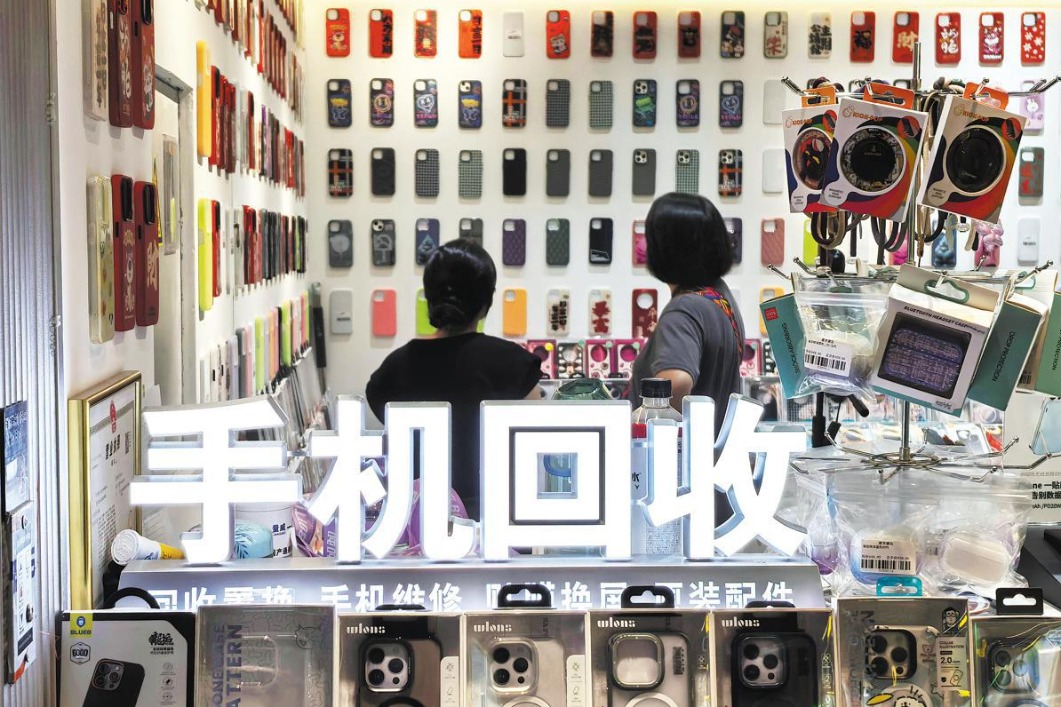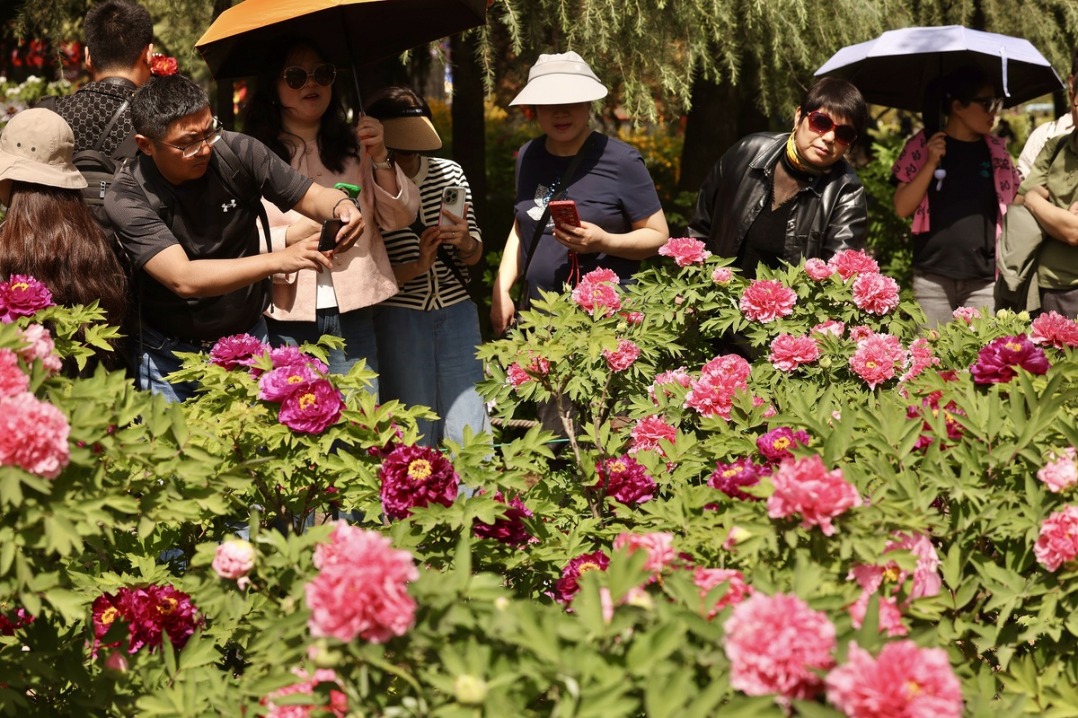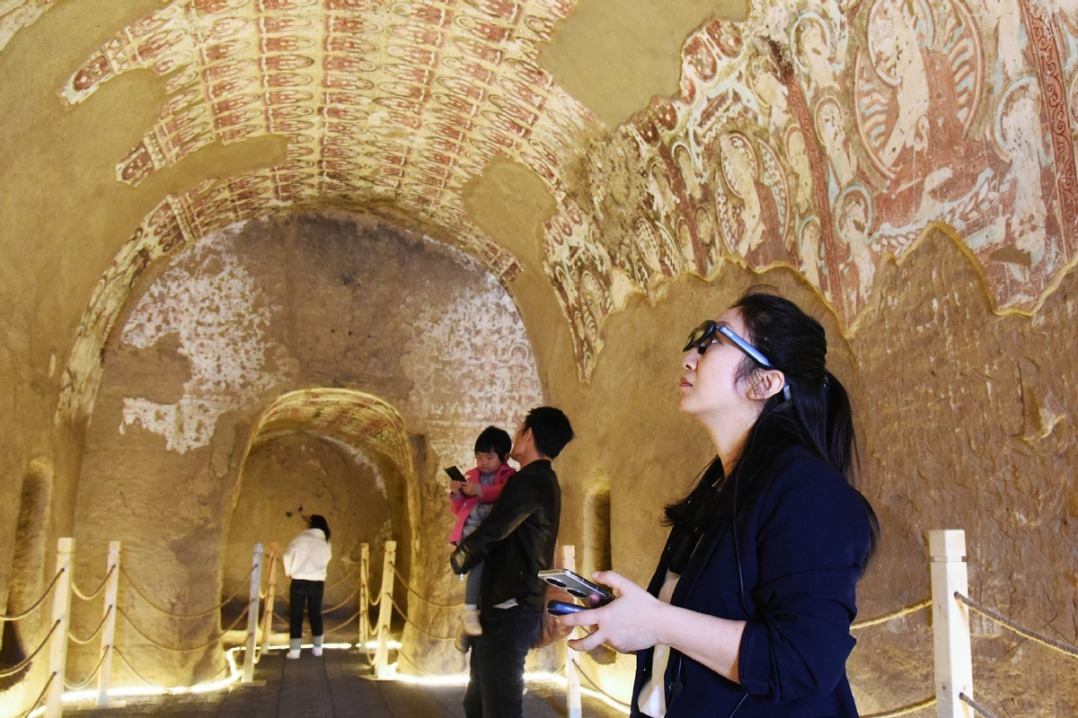Used smartphones to answer calls to action
Secondhand goods export markets to be expanded to make up for oversupply

Editor's note: China Daily is publishing a series illustrating the country's efforts to achieve its carbon peak and carbon neutrality goals.

National legislators and environmental experts have called for streamlined policies to promote secondhand exports — particularly smartphones — to meet a surge in global demand, a rise in domestic trade-in programs, and the climate benefits of the reuse of goods.
In addition to tax incentives, they emphasized the need to accelerate the development of standards for secondhand exports to ensure product quality and market credibility.
They made suggestions on the issue to the National People's Congress against the backdrop of the country's large-scale consumer goods trade-in initiative, which is expected to result in oversupply in the country's burgeoning secondhand market.
China this year announced a raft of extra measures to promote the consumer goods trade-in program amid a broader push to boost consumption and spur economic growth.
According to a guideline released by the National Development and Reform Commission and the Ministry of Finance in January, China will expand the number of home appliance categories eligible for subsidies to 12 this year, from eight last year.
In March, the State Council unveiled an action plan to spur the large-scale trade-in and upgrade of consumer goods.
Wang Yi, a member of the NPC Standing Committee and the NPC Committee of Environmental Protection and Resources Conservation, expects a sharp surge in the number of secondhand smartphones on the market.
The stockpile of discarded mobile phones in China already exceeds 2 billion phones, and it is expected to keep growing by 400 million annually, according to Wang.
"As 5G becomes universal and the trade-in program gains further momentum, China is bracing for a dramatic rise in discarded mobile phones," he said.
Liu Rui, an environmental expert with the Yangtze Delta Region Institute at Tsinghua University, Zhejiang, expects to see an oversupply of many products with high reuse value.
The initiative significantly expanded the secondhand market last year, according to Liu, head of the institute's Department of Ecological Environment, who is also an NPC deputy.
Last year, over 6.8 million vehicles, more than 62 million home appliances, and over 1.38 million electric bicycles were involved in the trade-in initiative, she noted.
She emphasized that the surge in discarded secondhand goods has overwhelmed domestic recycling and resale networks, straining their capacity.
End-of-life vehicle recycling, for example, hit 8.46 million vehicles last year, jumping year-on-year by 64 percent, she said.























